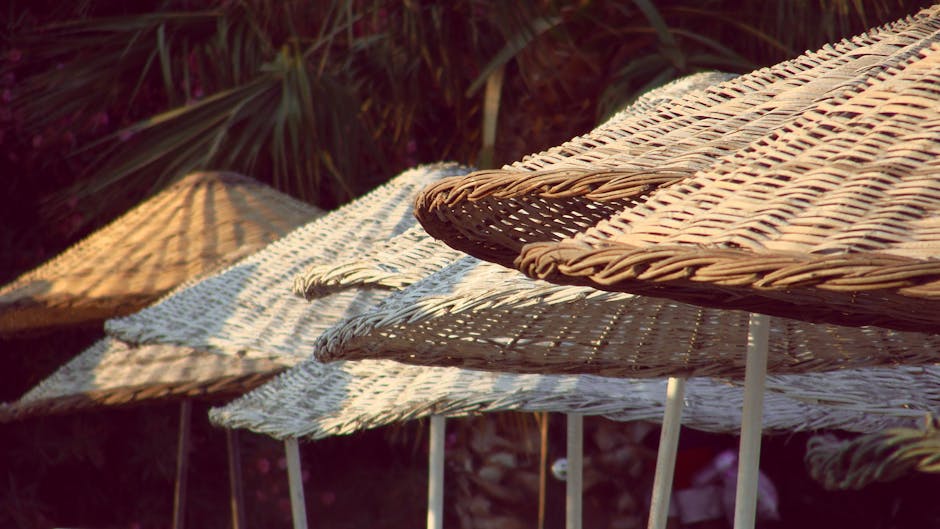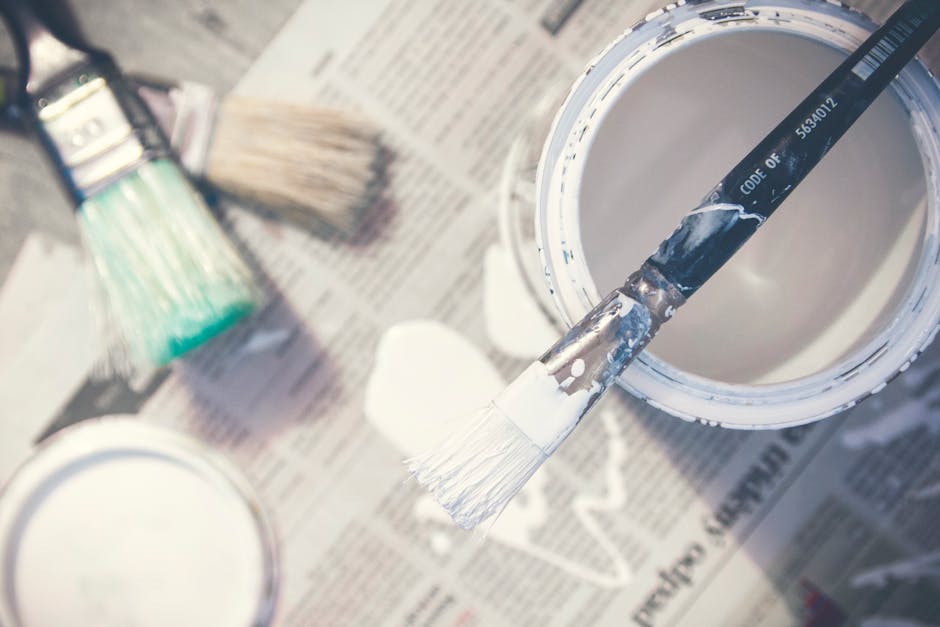Throwing Shade: Go Low-Tech But Stay Cool
If you know all too well how unbearable it can be once summer hits you’ll already be looking at ways to keep your bills down and your air supply up! Depending on where you live, temperatures can quickly reach 90 Degrees Fahrenheit and it’s much harder to concentrate, sleep and eat when the sun’s at its zenith. One of the best ways to keep cool during the summer months is to stay hydrated. You should also always make sure you carry sunglasses, as even on cloudy days the sun can be powerful, and our eyes are incredibly sensitive.
It may also be worth keeping your curtains open at night, that way the cold air will alleviate the stuffiness in your house once the sun’s gone down. Try to get as much fresh air blowing through your home as possible by opening windows, doors, using fans to circulate and blasting the AC for a few hours so the filters to trap any dirt and debris that may be floating around. You may also have noticed a greater abundance of insects appearing, summer is often where you see the most wasps, bees, flies and beetles. Take precautions by putting up fly screens even if you don’t live in a rural area and check food is never allowed to sit out in the heat, not only will this spoil the flavor and texture but it could make you quite ill. While bees and wasps may look pretty buzzing around your flowerbeds, they have a nasty sting so always know where your tweezers, antiseptic insect bite cream and plasters are!

[Photo courtesy of nastya/pexels.com]
Take Cover
Parasols are great but if you want to make a real difference to the temperature in your home why not buy yourself an awning? The Department of Energy has stated awnings, or shaded covers can reduce heat by 30% simply because the sun rises and the linen cover takes the brunt of the heat while rays bounce off. While awnings aren’t as fashionable as they used to be; they do add a certain charm to your property as well as allowing you to sit outside comfortably. Before buying an awning always check to see if your property is suitable, maintain both the mechanism and fabric to stop cracks or holes appearing and never let children pull or raise awnings themselves as they could get their fingers trapped. Avoid any accidents by using an awning pole, a device similar to a loft pole which attaches to the hook on the underside and lets you pull down the striped sail from a safe distance.
Get Planting!
If you’re very lucky, you’ll live somewhere with lots of trees which isn’t just good for your health because trees take in carbon dioxide and breathe out oxygen, but they also act as a natural barrier and so quite often the temperature in the shade is at least ten degrees cooler than out in the open! However, lots of us believe that as long as there are trees somewhere nearby, we’ll automatically stay much cooler! Sadly, that’s not always the case as depending on where those trees are placed, that’ll decide how much shade you get. If you have no trees close to the house, it may be worth thinking about planting some young saplings now. Choose trees that grow quite quickly like poplars, maples, birches, and willows as well as those that are famed for their leafy, green appearance, so they’ll give you plenty of shade.
To save a significant amount of energy, or at least figure that’ll be noticeable on your next bill plant trees on the south and west-facing sides of your property. Everyone knows that south facing gardens tend to get the most sun, so by creating a tree line there you’ll reduce the heat dramatically. Remember, trees are a natural way to cool down your entire home as well as encouraging wildlife into the neighborhood. When planting always check the property boundaries before you start digging and as long as you don’t cross over onto your neighbor’s land you’re fine.
However, we do suggest being courteous as not only do you not want to start a turf war but it means if you block their beautiful view now they could do the same thing to you later on.

[Photo courtesy of Pixabay/pexels.com]
Have A Ceiling Fan
It may seem a bit old-fashioned, almost colonial, but high ceiling fans do a fantastic job of keeping the air moving while cooling down rooms you spend the most time in. In fact, the more people you put somewhere small the hotter the overall room temperature gets. This is because we each have our own perfect temperature! Some people feel much colder than others but in a big group heat becomes the dominant force and as it rises things then get fairly uncomfortable quite quickly as people begin to sweat.
Ceiling fans aren’t as ugly as they used to be and now come in a variety of shapes and sizes they’re also quieter than you’d expect. Remember, these fans are designed to keep you from melting so if you’re going out turn the fan off! If you really need your AC on, and let’s face it in mid-summer plenty of us see it as a lifesaver try to look for one that’s as silent as possible. There are also some great quiet ac units out there that won’t make you feel like you’re standing in the middle of an airfield instead of your living room every time you turn on the remote control!

[Photo courtesy of Tookapic/pexels.com]
White Out!
Do you recall your eighth-grade science lessons and how your teacher told you how snow reflects the heat instead of absorbing it due to it’s lighter color? The same principal applies to our roofs so if you want to lower the temperature below you should mix it up above! It’s often why you’ll find buildings and roofs painted white or yellow in hotter countries so that the encroaching heat doesn’t seep inside. Believe it or not, a report by Climate Change Research suggested that if all buildings and roads in the US were painted white the energy saved could run into millIons of dollars.
